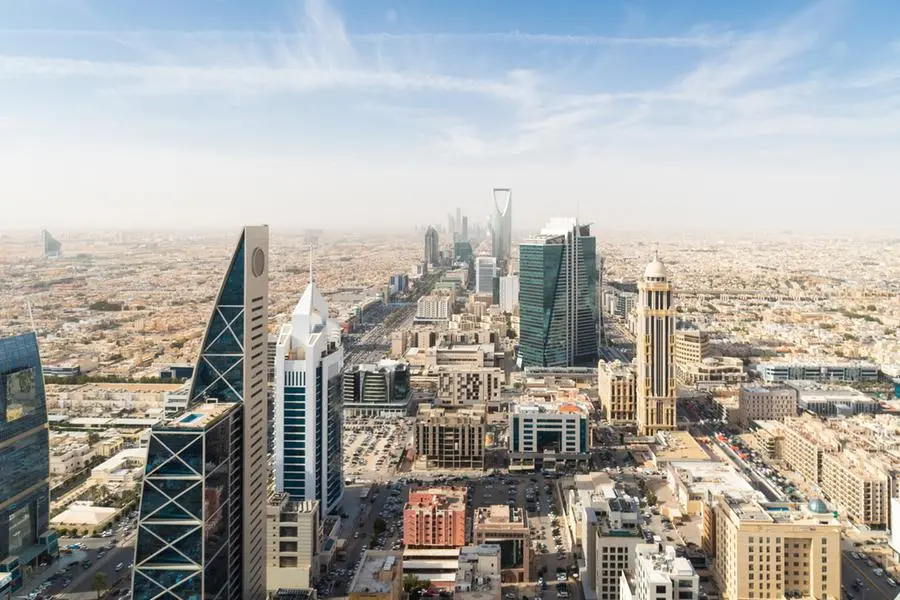PHOTO
Driven by the latest windfall from an oil and gas price boom, most Gulf sovereign wealth funds (SWFs) have seen a significant jump in their assets, boosting their financial firepower.
The top seven SWFs in the Gulf have seen their assets surge by about 70 per cent since 2018 to $3.6 trillion. “This amount represents about 33 per cent of the world’s SWF assets, the largest share of any region in the world, according to a report released by DBRS Morningstar, a leading credit ratings agency.
The largest Gulf SWF, in absolute terms, is the Abu Dhabi Investment Authority (Adia), with estimated assets of $993 billion (equivalent to 320 per cent of Abu Dhabi GDP), according to Global SWF. Adia is also the fourth largest SWF in the world after Norway’s Government Pension Global Fund ($1.42 trillion in assets), the China Investment Corporation ($1.35 trillion), and China’s Safe Investment Corporation ($1.03 trillion), according to a report by the rating agency titled “The Gulf Sovereign Wealth Funds: Accumulating Wealth and Investing Actively to Support Their Economic Goals,” authored by Adriana Alvarado, senior vice-president.
The Gulf is currently home to about 20 SWFs. In the GCC, Adia is followed in size by the Kuwait Investment Authority (KIA) with estimated assets of $800 billion, and Saudi Arabia’s Public Investment Fund (PIF), with estimated assets of $700 billion, said the report. “The PIF, in particular, has recorded the sharpest growth in assets under management (AUM) since 2018, of 135 per cent, followed by the KIA, QIA, and Adia. The financial firepower of the Gulf’s SWFs is thus substantial and the impressive increase in AUM in recent years has placed them in an even stronger financial position to invest than in the past,” said the report.
“The Gulf SWFs are increasing their investments aiming to support diversification, with some also aiming to attract investment into their countries. The investments of the Gulf SWFs are key for the development of their local economies. Whether they prove successful remains to be seen,” said the report.
“To make sense of the recent investments of the sovereign wealth funds in the Gulf, we should look at their mandates and how they are contributing to the reform agendas of their governments,” said Alvarado, adding “The SWFs need to invest their wealth wisely. Their investments will have considerable implications for the long-term prospects of the Gulf states.”
The number of SWFs around the world has grown steadily over the past two decades, from 62 funds in 2000 to 176 in 2023. During that time, SWF assets under management have grown from $1.0 trillion to $11.36 trillion. Four regions dominate the landscape in terms of the number of SWFs and aggregate assets: Europe (specifically Norway and countries in Central and Eastern Europe), North America, Asia-Pacific (specifically China), and the Middle East, with the latter two regions accounting for four-fifths of global assets.
According to Global SWF, the collective value of SWFs and public pension funds across the globe saw their assets falling 6.5 per cent in 2022 to $31.4 trillion compared to 2021. The value of assets managed by SWFs fell to $10.6 trillion in 2022, from $11.5 trillion in 2021, while those managed by public pension funds dropped to $20.8 trillion, from $22.1 trillion, the report said.
Copyright © 2022 Khaleej Times. All Rights Reserved. Provided by SyndiGate Media Inc. (Syndigate.info).























